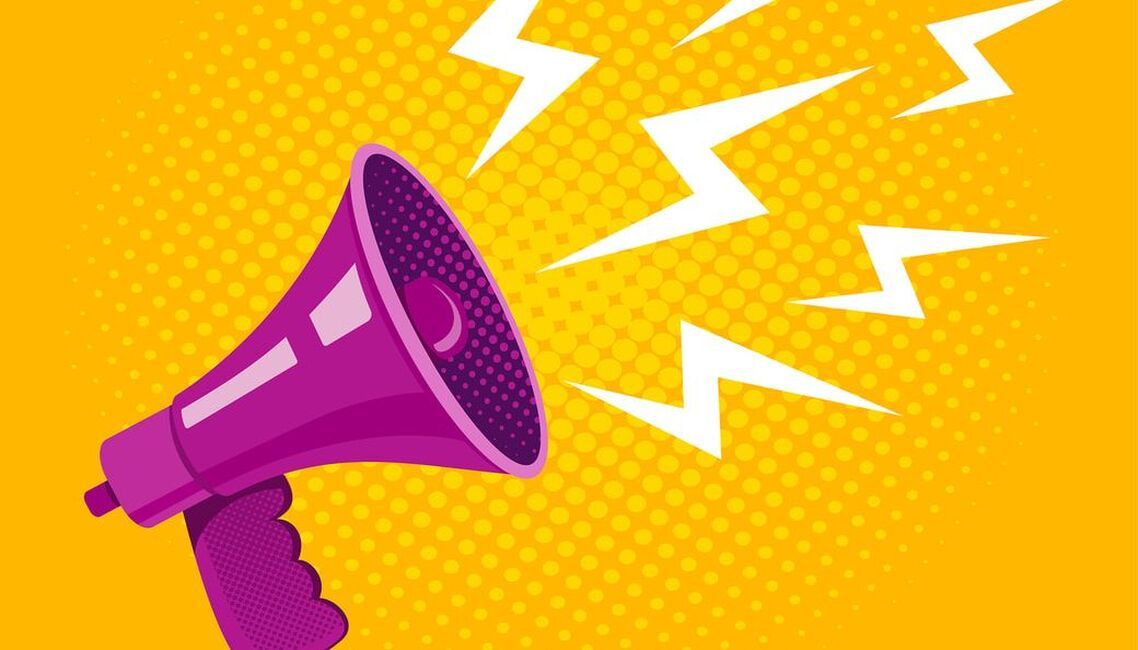"But I want my logo bigger!"
After putting hundreds of websites live for our clients throughout New Zealand and the Pacific, we've seen a few comments regularly come up when we put our first design draft together. One of the things we often hear is "make our logo bigger" - an understandable request, but one which is not necessarily best practice when it comes to design in general.
It's not about the logo - it's about the brand
One of the first things to understand before looking at logo sizes and placement is that your logo by itself is not your 'brand'. A good logo might become synonymous with a brand (the golden arches for example for McDonalds), but there is alot more that goes into creating a brand than just the logo.
If you think of one of New Zealand's big brands - "The Warehouse" for example - you'll start to get an understanding of why a logo only makes up a very small part of branding. The Warehouse and their 'big red sheds' bring up certain thoughts straight away - affordable, probably the lowest price you'll find for an item in New Zealand stores, and a money back guarantee. To be honest, I struggle to even visualise the Warehouse logo now as it has changed over time, but I suspect The Warehouse marketing team wouldn't be too upset by that. If a customer can name all those important aspects about the store, but not visualise the logo, then the brand is still a whopping success.
So how big should the logo be?
With the above in mind, whenever we are creating a website or any marketing collateral's, we will always think about the broader brand and messaging that we should be conveying. If a logo takes up half the screen, that's a missed opportunity to explain your products, or values, or convey a message to the customer. There is no strict rule on logo size, but it needs to balance against the rest of the page and messaging. If you take a look at some established companies logos, you'll quickly notice that they are often only 20-30px in height and don't take up much space on the page at all. That seems counter intuitive to alot of small businesses (and as a small business owner, you will probably want to go a little bit bigger than that), but the reality is that the smaller your logo, the more space available to display your product, services and messages.
You'll also need to consider the style of your logo and style of your site/marketing materials. Taking 543's logo on this website for example, we use a square logo in a sidebar menu. That sidebar menu takes up a bit more space than a conventional navigation menu would, but it also gave us the look that we were hoping for (and an easily navigable site). Because we have a square icon, we needed to have it a little bit larger than we would usually recommend - but that is balanced out by the navigation menu - and if you head to the homepage, you'll see that our messaging dominates the first drop.
Every site is different, and often logos are a different sizes and shapes, so there is no firm rule on how big you should have your logo - but as a general rule...think smaller rather than bigger.
In a (small) nutshell...
- When it comes to logos - bigger is not better
- Think about the entire brand
- A smaller logo creates more space for your product and messaging
- Think about the customer - do they really want to look at your giant logo?
- Have confidence in your products and services, but if you need any more convincing - check out the big companies globally and you'll see that smaller logos are definitely the trend.
Don't forget to contact us if you have any questions at all about getting your brand, logo and website up and running.



